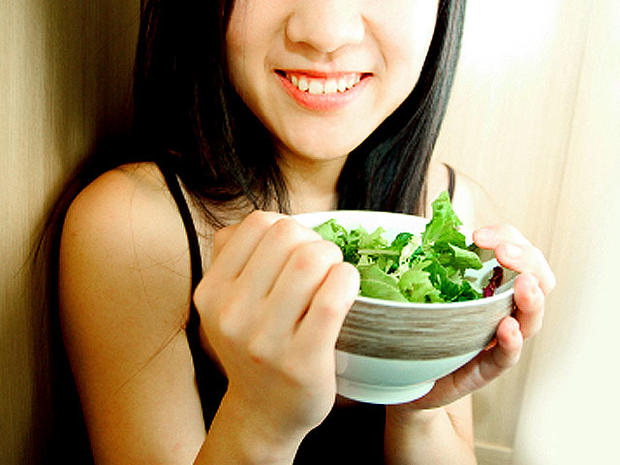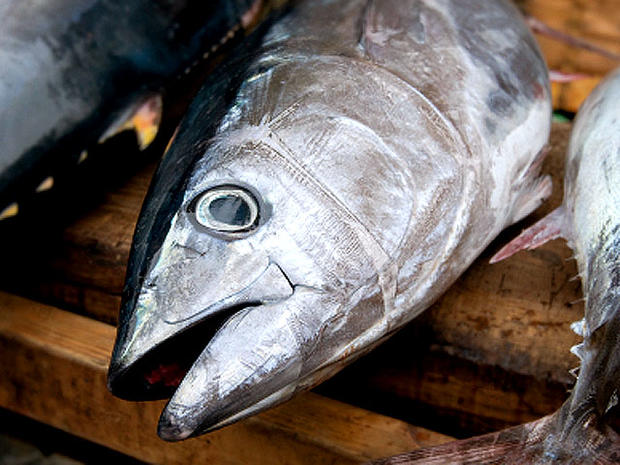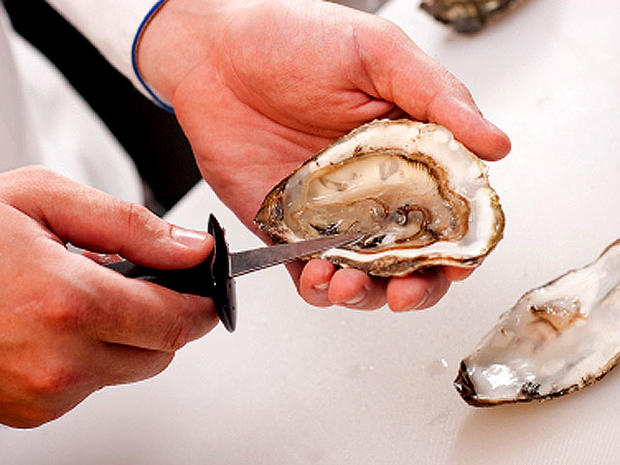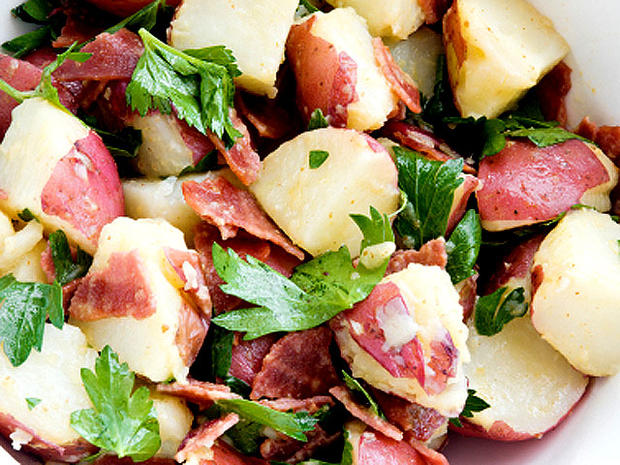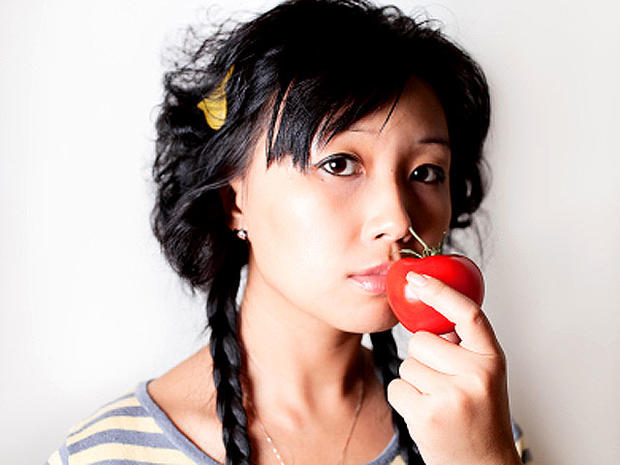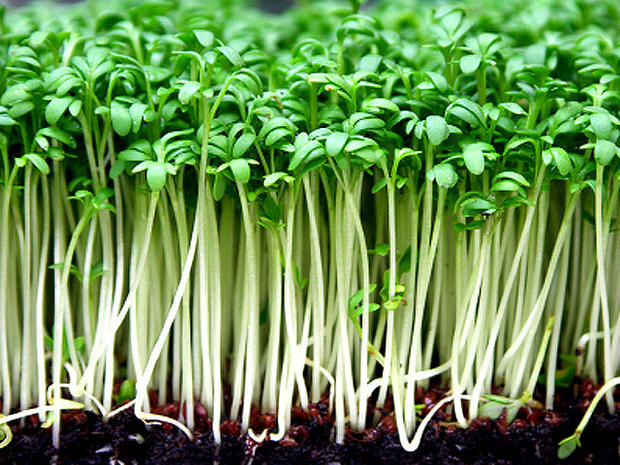10 foods most likely to make you sick
The Center for Science in the Public Interest has issued a list of the top 10 FDA-regulated foods linked to outbreaks since 1990. (That includes produce, seafood, egg, and dairy products, but not meat.) Be aware of the risk, but don't avoid these types of food. "They are everywhere and are part of a healthy diet," says CSPI staff attorney, Sarah Klein.
With help from our friends at Health.com, here are 10 types of food that may make you sick.
More from Health.com: When is it okay to eat moldy food?
Leafy greens
Greens can be contaminated by manure, dirty water rinses, or unwashed hands before you even purchase them. To avoid getting sick, wash produce and prevent cross-contamination (improper handling of meat in the kitchen can spread bacteria to other types of food, including greens) by washing hands and using separate cutting boards.
More from Health.com: When is it okay to eat moldy food?
Eggs
"Our food supply is safe," says Dr. Craig Hedberg, of the University of Minnesota School of Public Health in Minneapolis. "There is roughly one illness for every three to four thousand meals served," he says.
Still, "raw food items like eggs may have contamination and need to be handled properly."
More from Health.com: When is it okay to eat moldy food?
Tuna
Tuna has been linked to 268 scombroid poisoning outbreaks since 1990.
"You just can't cook out all the things wrong with food supply right now," CSPI's Klein says.
More from Health.com: When is it okay to eat moldy food?
Oysters
If served raw or undercooked, oysters can contain germs - mostly a gut-churner called norovirus and a bacterium known as Vibrio vulnificus - that can cause nausea, vomiting, and diarrhea.
More from Health.com: When is it okay to eat moldy food?
Potatoes
Potato-related outbreaks of illness have been traced to germs like Listeria (which can live on deli counters ), Shigella, E. coli, and Salmonella.
More from Health.com: When is it okay to eat moldy food?
Cheese
(That's why doctors warn pregnant women to avoid soft cheeses, such as feta, Brie, Camembert, blue-veined, and Mexican style cheese.)
More from Health.com: When is it okay to eat moldy food?
Ice cream
The largest outbreak occurred in 1994, when a batch of pasteurized ice cream premix was transported in a Salmonella-contaminated truck, and then used to make ice cream without re-pasteurizing.
"People are making ice cream at home and using raw eggs in the household," explains Hedberg.
More from Health.com: When is it okay to eat moldy food?
Tomatoes
"Lettuce or tomatoes may be contaminated, but once they enter a household, you can make sure that you don't allow the bacteria to grow and multiply," says Hedberg.
To do this: wash hands for 20 seconds with warm water and soap before and after preparing fresh produce; wash fruits and vegetables under running water just before eating, cutting, or cooking, even if you plan to peel it before eating; and keep fruits and vegetables that will be eaten raw separate from other foods.
More from Health.com: When is it okay to eat moldy food?
Sprouts
The FDA and CDC recommend that the elderly, young children, and those with weakened immune systems avoid eating raw sprouts.
More from Health.com: When is it okay to eat moldy food?
Berries
Other cases - linked to imported raspberries from Chile and Guatemala - have been caused by a germ called Cyclospora, which causes severe diarrhea, dehydration, and cramps.
More from Health.com: When is it okay to eat moldy food?

